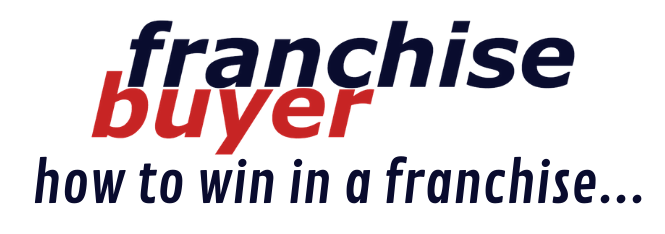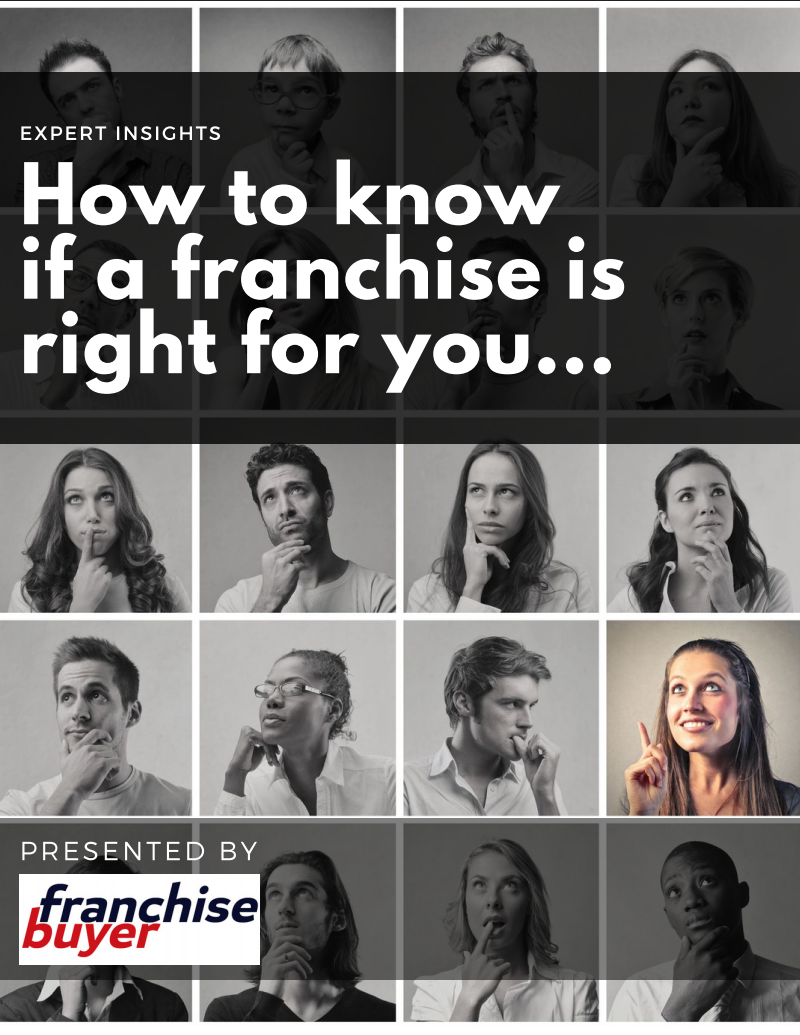April 03, 2017
How to use key franchise data to compare the brand business offers available to you
The decision to get into your own business has long been regarded as one of life’s “big decisions”. The rewards (and risks) can be high and we are constantly reminded how critical it is to both obtain good advice and to undertake effective research.

Fact based data remains some of the most useful research of all and can be an excellent back up to the questions you need to ask.
At FRANdata, we have been collecting and analysing data on the franchise sector for almost thirty years and in our first few years in the Australian market have now accumulated fact based information covering nearly 13,000 franchised businesses; or close to 20% of the reported market.
One of our key sources of information is Disclosure Documents which have been provided voluntarily to the Australian Franchise Registry™ by more than 100 leading Australian franchise brands keen to promote their commitment to transparency and compliance. With strict regulatory obligations around the content and updating requirements of these documents, they remain a highly valuable source of fact based data.
One of the more useful applications of data comes from looking past the numbers and trying to learn and question further what the underlying information may be telling us. In the context of franchising it can be very helpful when trying to compare and contrast the offerings of different franchise brands.
We are pleased to share some of the data from our most recent report Australian Franchise Facts Vol. 2 and some of the questions that data may pose for readers of Franchise Buyer.
Initial Franchise Fees
The overall average Initial Franchise Fee from the documents of registered brands is $44,049, ranging from $3,500 to $92,000. At $45,448, the non-food brands’ average is slightly higher. Franchisors should pay close to attention to how much in expenses they need to offset through their initial franchise fees and justify from a value perspective rather than just set them at their sector’s or competitors’ average.
For a new franchisee the key question with an initial franchise fee (and most other fees for that matter) is what do I get for that fee? Some goodwill and attached branding is reasonable but it really needs to be read in conjunction with what other costs (e.g. initial training and other establishment costs) need to be provide for to ensure early success is achieved?
Royalties
On average, registered systems charge 6.9% in royalties on every dollar of franchisee sales, ranging from 0.6% to 17%. The concepts with a fixed dollar payment charge an average $17,474 annually, ranging from S2,800 to $60,000.
Similar to the initial franchise fee there can be significant variances in the amount of royalties imposed by franchise brands. A key issue for franchisees to understand here is what ongoing benefits come from the ongoing royalty payment. Apart from the ability to use the proven format of the business model it will also typically fund the operations of the head office and the ongoing field support programs in place. Given how vital these support programs are to maximising business performance, and the ultimate return on your investment, they need to be well understood. For example, what is the ratio of field support staff to franchisees? What is the nature and frequency of support provided? How does that support vary from the initial opening to the middle and later years of the agreement?
Marketing
On average, registered franchise brands in Australia requires minimum national ad fund contribution of 2.7% up to an average of 3.2%, ranging from 1% to 8%. The average for franchisors charging a fixed dollar amount is $10,965 a year, ranging from $1,300 to $20,800.
It is important to keep in mind the collective purchasing power and increased reach that can be achieved from effective central marketing efforts.
The key here is to understand where those funds are spent and how as a franchisee you will be supported to leverage the opportunity they can provide for your business.
Unit Turnover
In this case we are not talking about sales revenue but the actual opening, closing and movement of units in the franchise system. Turnover is not to be confused with failures. In fact, many of the occurrences recorded in the relevant documents if further studied, can be positive. Based on the most recent data, a total of 763, or 16% of all franchised units in the sample “turned over” annually, driven mainly by transfers and “ceased other”.
Food concepts were slightly more likely to turnover compared to their non-food franchise cousins. Average longer trading hours, retail tenancy challenges, penalty labour rates and general compliance measures could all be relevant in the higher turnover or shorter tenure for these types of businesses.

Multi-unit ownership
With about 70% of registered franchise brands having signed up multi-unit franchisees, the popularity of owning more than one unit is well demonstrated. Based on our data, multi-unit ownership is more popular in the non-food industries. 21% of food units are controlled by multi-unit franchisees whereas the share for non-food units is only 16%. The trend towards multi-unit franchising continues to grow with benefits evident for both the franchisor and the franchisee. Many franchisors have embraced multi-unit ownership as an effective strategy in growing their business, preferring to offer new sites to proven performers. Multi-unit ownership can be attractive to franchisees who are looking for signs that there may be:
- Sufficient financial return from the business model to support expansion
- A willingness to allow operators to build their own multi-unit business
- An ability to achieve economies of scale in adjacent and large geographic territories
Discounted access to the full report and other fact-based information on the global franchise sector for Franchise Buyer readers can be requested through info@thefranchiseregistry.com.au















